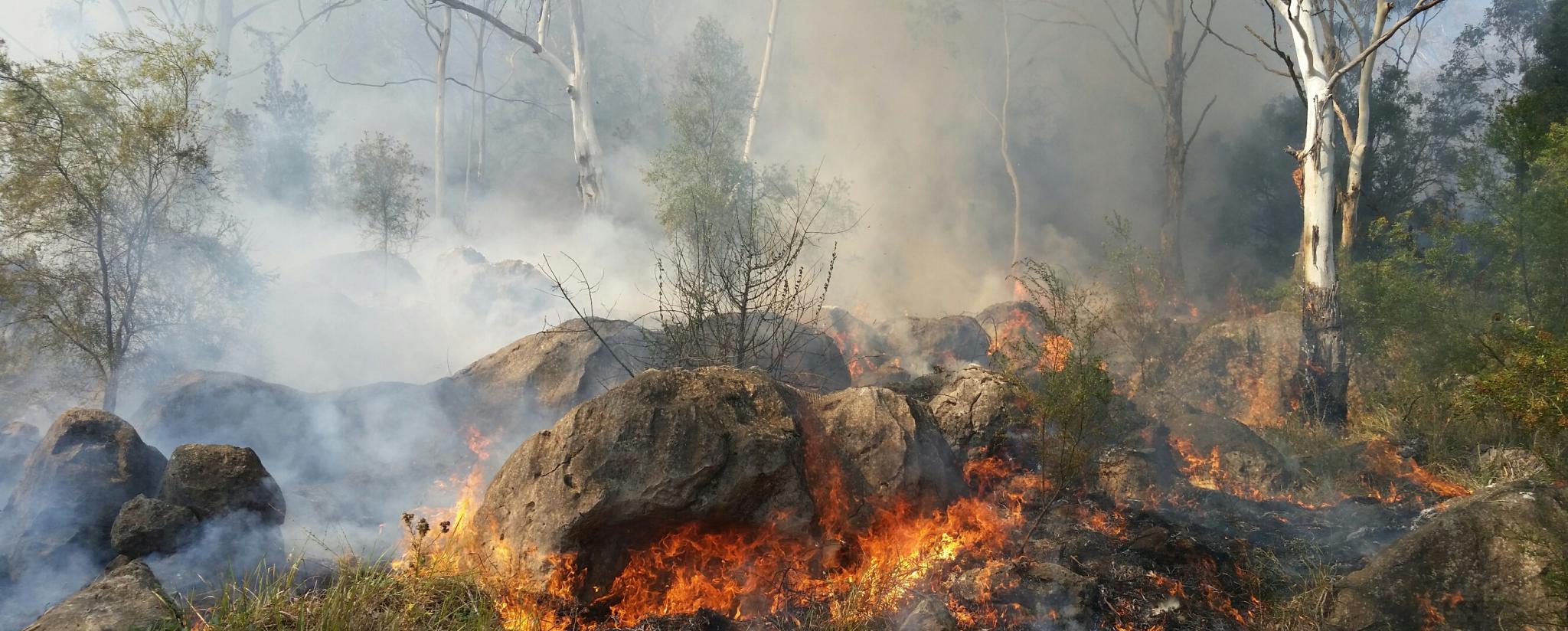Navigating Residential Property Safety And Security: Understanding the Importance of a BAL Report
Navigating Residential Property Safety And Security: Understanding the Importance of a BAL Report
Blog Article
Just How BAL Record Impacts Bush Fire Defense Measures
In the world of bush fire defense, the Structure Strike Degree (BAL) report stands as an essential device that substantially influences the security and resilience of residential or commercial properties in fire-prone locations - BAL Report. The effect of a BAL analysis prolongs much beyond simple documents; it works as the keystone for establishing the appropriate building standards and fire security procedures needed to reduce the threats positioned by bushfires. As neighborhoods come to grips with significantly severe fire seasons, understanding exactly how the BAL record shapes these safety actions becomes vital for homeowners, building contractors, and policymakers alike
Comprehending the Bushfire Assault Degree

Value of BAL Report Analysis

Furthermore, the BAL report analysis offers as a fundamental action in conforming with lawful responsibilities and demands connected to bushfire protection. Neighborhood councils and authorities frequently mandate the submission of a BAL record as part of the preparation and structure authorization process to make certain that residential properties are properly guarded versus bushfire threats. Failing to perform an extensive BAL report assessment can lead to inadequate protection steps, leaving properties prone to devastating bushfire incidents.
Building And Construction Requirements Based Upon BAL
A detailed understanding of the Bushfire Assault Level (BAL) enables property proprietors to carry out construction criteria tailored to their details risk account. Construction requirements based on BAL are essential in minimizing the impact of bushfires on residential properties. The BAL ranking categorizes the prospective threat a home deals with throughout a bushfire on a scale from BAL-Low to BAL-FZ (Flame Area) Each BAL level matches to details construction needs detailed in the Australian Common AS3959-2018 Building of Buildings in Bushfire-Prone Locations. Properties identified as BAL-Low may only require standard measures such as getting rid of debris and preserving yards, while those in higher BAL classifications need more durable steps my company like cinder screens, fire-resistant materials, and secured home windows. Abiding by these building and construction standards not just boosts the architectural resilience of the property but likewise boosts the overall security of citizens during a bushfire occasion. Home proprietors must very carefully consider their BAL ranking and conform with the corresponding building and construction standards to effectively guard their homes and occupants.
Implementing Fire Protection Actions
With the structure of construction standards based on Bushfire Strike Degree (BAL) in position, the emphasis currently changes in the direction of the practical execution of fire protection procedures to fortify residential or commercial properties versus bushfire dangers. Applying fire defense procedures involves a combination of passive and energetic methods to improve the strength of structures in bushfire-prone areas. Passive steps consist of making use of fire-resistant building products, installing ash guards on vents, sealing spaces in roofing systems and walls, and preserving a clear area around the residential or commercial property free from combustible plants. Active steps incorporate having firefighting devices conveniently offered, have a peek at these guys such as hoses and water pumps, as well as creating a defendable area around the Full Article residential property by removing vegetation and having a well-maintained garden. Furthermore, creating an emptying strategy and making sure all locals are mindful of emergency situation treatments are important elements of efficient fire security measures. By integrating both passive and energetic strategies, buildings can substantially minimize their susceptability to bushfire occurrences and raise the safety and security of owners.
Shielding Houses Against Bushfires
Successfully safeguarding homes versus the harmful influences of bushfires calls for a positive and detailed technique to fire security measures. In addition, securing vents and voids to prevent ash breach, as well as integrating fireproof doors and home windows, can assist fortify the home's defense against bushfires. By accepting an aggressive stance and integrating these safety measures, homeowners can substantially raise their opportunities of securing their homes against bushfires.
Conclusion
In verdict, the Bushfire Assault Degree (BAL) report plays a critical function in figuring out the required protection measures against bushfires. By evaluating the BAL, construction criteria can be customized to alleviate the dangers and make certain the security of homes in fire-prone areas. Applying fire security actions based on the BAL record is necessary in protecting homes from potential bushfire risks. It is essential for house owners to focus on BAL analyses and abide by suggested construction standards to boost bushfire resilience.
In evaluating bushfire threat to residential or commercial properties, recognizing the Bushfire Attack Level (BAL) is a vital element for executing efficient defense steps. In general, a clear understanding of the Bushfire Assault Degree is important for implementing ample protection actions and mitigating the influence of bushfires on residential properties.

Report this page